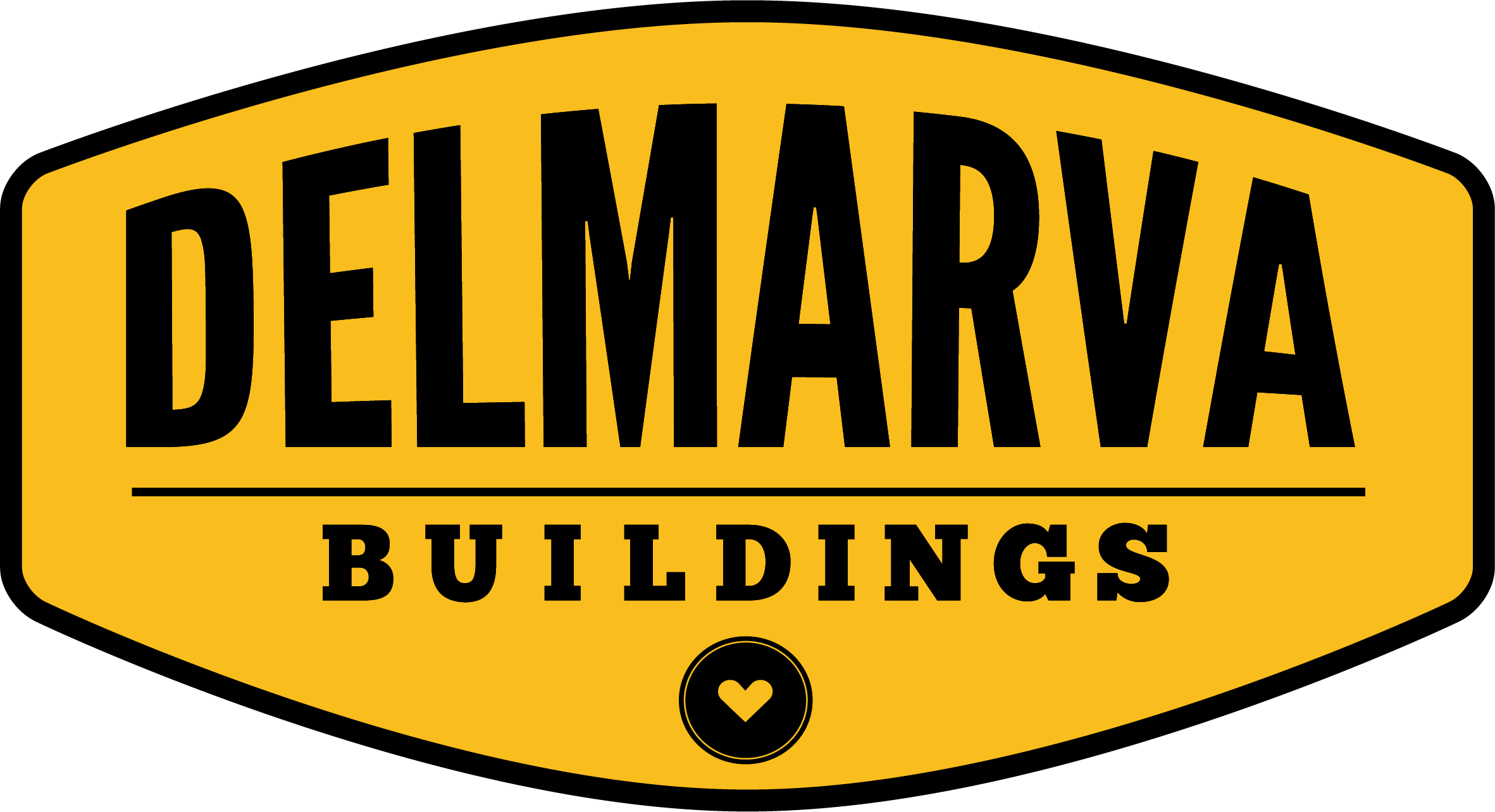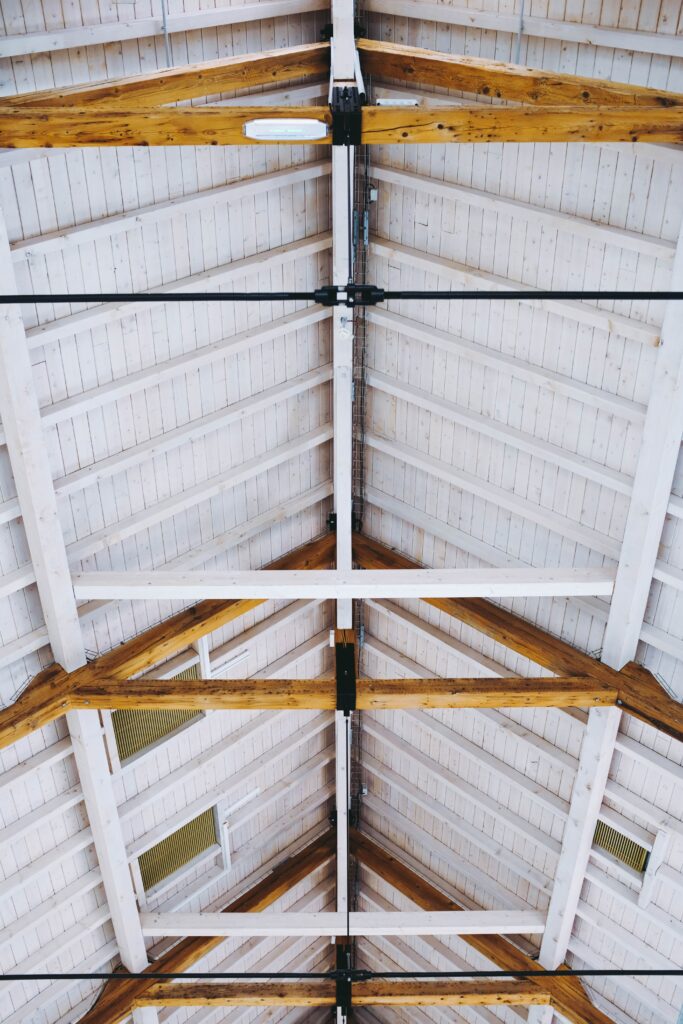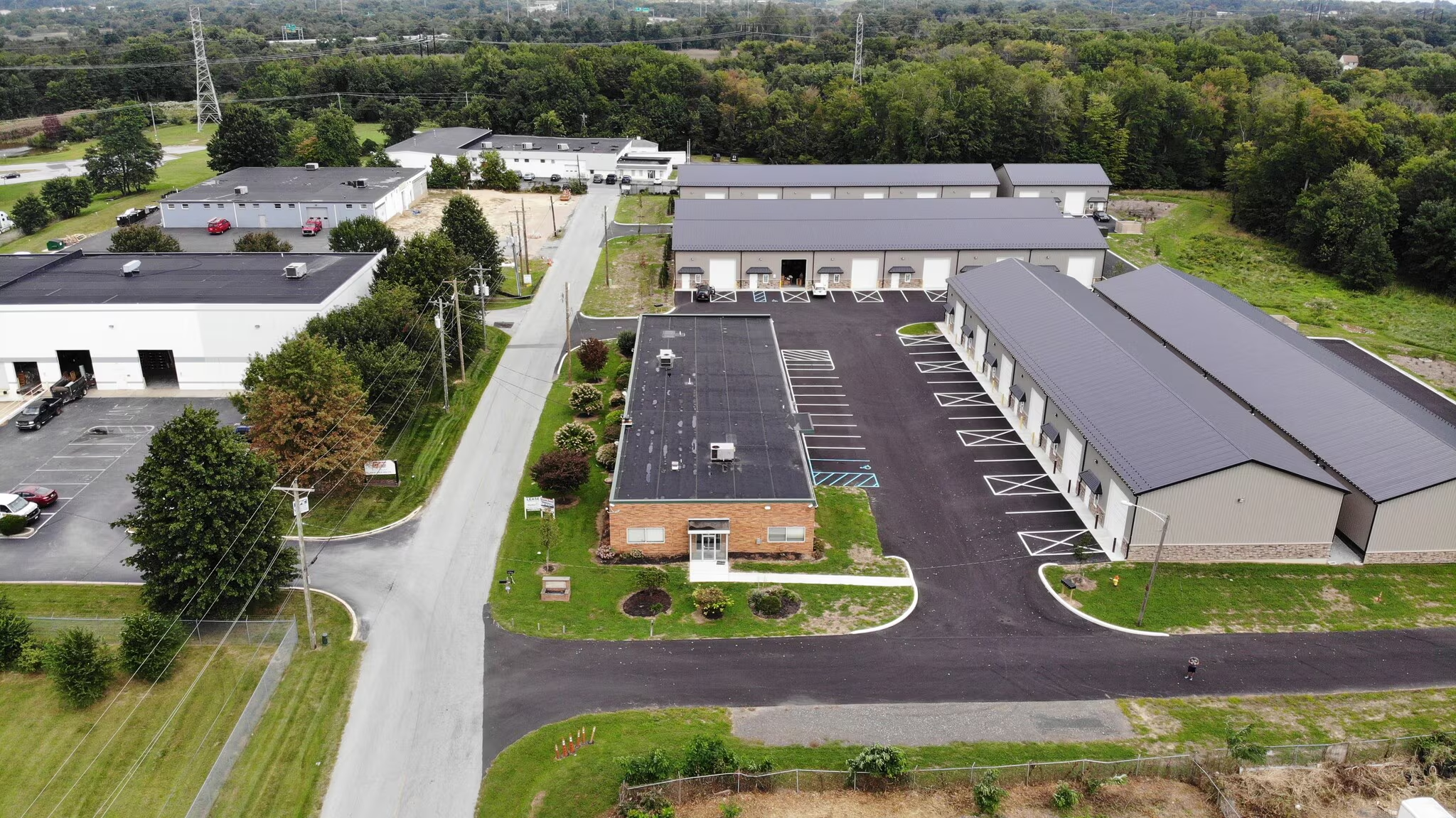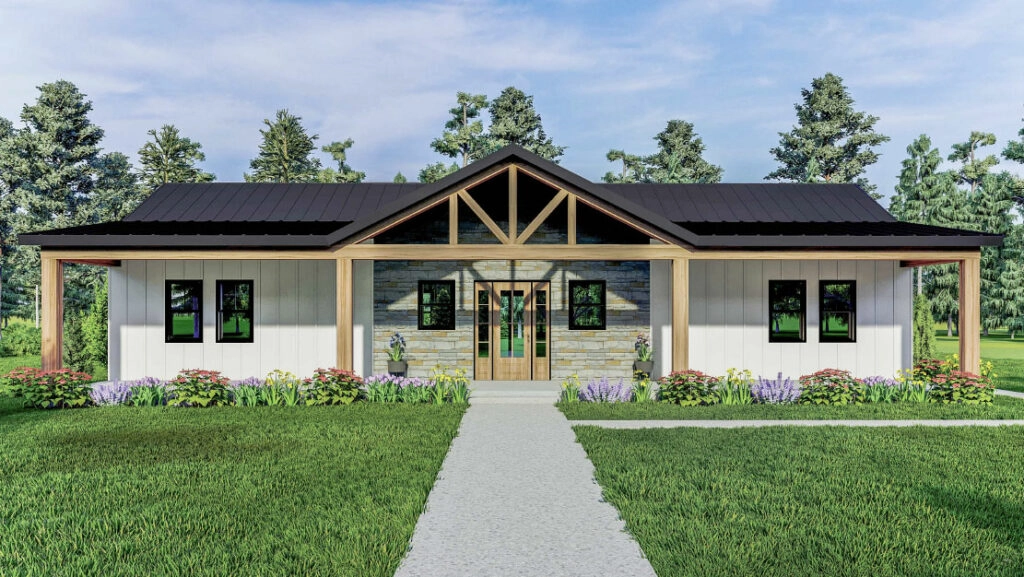Commercial pole barns have become increasingly popular structures for businesses, agricultural operations, and even retail spaces. Whether you’re storing valuable equipment, housing livestock, or creating a workspace, understanding the critical role of post frame insulation and ventilation can make the difference between a comfortable, efficient building and one that’s costly to maintain. Let’s explore why these two elements are essential for your pole barn’s success.
Why Does Pole Barn Insulation Matter?
Creating a comfortable and controlled environment in your pole barn starts with proper insulation. Think of insulation as your building’s protective shield against the outside elements. When properly installed, it works tirelessly to maintain consistent indoor temperatures regardless of what Mother Nature throws at your building.
During those freezing winter months, your insulation prevents precious heat from escaping through the walls and roof. This heat retention isn’t just about comfort – it’s about protecting your valuable equipment, preventing pipes from freezing, and ensuring your workspace remains productive year-round. Similarly, when summer temperatures soar, that same insulation keeps the scorching heat at bay, creating a more pleasant indoor environment and reducing the strain on your cooling systems.
The Hidden Benefits of Quality Insulation
While temperature control might be the most obvious advantage of insulation, there’s much more happening behind the scenes. One of the most significant benefits is condensation control. In commercial pole barns, condensation isn’t just an annoyance – it’s a potential threat to your building’s structural integrity and your stored items. When warm air meets cold surfaces, condensation forms, but proper insulation minimizes these temperature differences, keeping your walls and ceiling dry.
Energy efficiency is another crucial advantage that directly affects your bottom line. Well-insulated pole barns require less energy for heating and cooling, leading to significantly lower utility bills throughout the year. This reduction in energy consumption isn’t just good for your wallet – it’s also beneficial for the environment, making your building more sustainable and eco-friendly.
Understanding Ventilation’s Role in Your Pole Barn
Ventilation works hand in hand with insulation to create the perfect indoor environment. Think of ventilation as your building’s breathing system – it brings in fresh air while expelling stale, moisture-laden air. This continuous exchange is crucial for maintaining healthy air quality and preventing various moisture-related issues.
A well-designed ventilation system helps regulate temperature throughout your pole barn by allowing hot air to escape through ridge vents while drawing in cooler air through eave vents. This natural airflow reduces your reliance on mechanical cooling systems and helps maintain consistent temperatures throughout the space.
The Impact of Proper Ventilation on Building Health
Good ventilation does more than just move air around – it plays a vital role in protecting your building’s structural integrity. By managing moisture levels, effective ventilation prevents the buildup of humidity that can lead to mold growth, wood rot, and metal corrosion. This is particularly important in commercial settings where you might be storing sensitive equipment or materials.
In spaces where chemicals are used or where livestock is present, ventilation becomes even more critical. It helps remove potentially harmful fumes, dust, and odors, creating a safer and more pleasant environment for both people and animals. Fresh air circulation also helps prevent the accumulation of airborne contaminants that could affect health or damage stored items.
Implementing Effective Insulation Solutions
When it comes to pole barn insulation, choosing the right materials is crucial. Modern insulation options include fiberglass, mineral wool, cellulose, and polyurethane foam, each offering unique benefits. Fiberglass remains a popular choice due to its cost-effectiveness and reliable performance, while spray foam provides superior air sealing properties but comes at a higher cost.
The installation process is just as important as the material choice. Professional installation ensures that there are no gaps or compressed areas that could compromise the insulation’s effectiveness. Adding a proper vapor barrier during installation provides an extra layer of protection against moisture infiltration, further enhancing your building’s protection.
Creating an Optimal Ventilation System
An effective ventilation system requires careful planning and implementation. Ridge vents along the roof’s peak work together with eave vents to create natural air circulation through thermal uplift. This passive ventilation can be supplemented with mechanical systems like exhaust fans for times when additional airflow is needed.
Consider installing adjustable vents that allow you to control airflow based on seasonal needs. During winter, you might want to reduce ventilation to retain heat, while summer months might require maximum airflow to keep temperatures comfortable.
The Long-Term Benefits of Proper Insulation and Ventilation
Investing in quality post frame insulation and ventilation pays dividends over the life of your pole barn. Beyond the immediate benefits of comfort and energy savings, these systems help protect your investment by preventing moisture-related damage and extending the lifespan of building materials. They also contribute to a more comfortable and productive workspace, which can be especially valuable if your pole barn serves as a workshop or retail space.
Conclusion
The importance of proper pole barn house insulation and ventilation cannot be overstated. These systems work together to create a controlled, comfortable environment that protects your investment while reducing operating costs.
By understanding and implementing effective insulation and ventilation strategies, you can ensure your pole barn remains functional, efficient, and comfortable for years to come. Whether you’re building a new structure or upgrading an existing one, prioritizing these elements will help you create a more sustainable and valuable commercial space.





